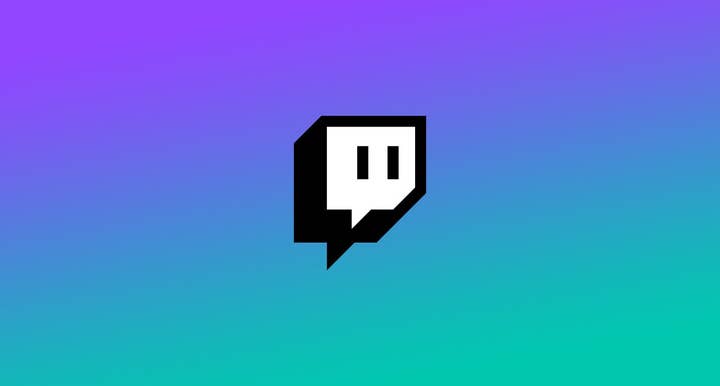New Twitch policy enables wider strategies for building your brand | Opinion
Twitch Partners can now stream on other platforms as well, which StreamElements' Gil Hirsch says opens the door to new opportunities for content creation
Twitch recently announced that its exclusivity rules which forbid Partnered creators from streaming on other platforms have been modified. This change in policy now allows these creators to use any of the other streaming services, including YouTube and Facebook Gaming, for creating live content. This is great news for the content creator community and brings with it both opportunities and challenges.
Throughout any given day, this generation consumes content all across social media, from streams on Twitch, to chatting on Discord, watching VODs on YouTube, enjoying pictures on Instagram, and bingeing on TikTok. Because audiences are constantly scouring different outlets to stay abreast of what is new, it means these services all offer opportunities to strengthen one's personal brand.
Even if a creator chooses to make one platform their primary destination, these other services can help attract and grow their communities on it by making them more well known.
"Even if a creator chooses to make one platform their primary destination, these other services can help attract and grow their communities..."
Musician Doja Cat is the perfect example of how to transcend one platform by building her reputation on many. She started with making music on Soundcloud, then got signed to a label and used YouTube for her videos and Spotify for song streaming. Doja also developed a following on Instagram Live, where she would regularly tease new tracks, do live remixes, and engage with her community. This led to the partially crowd-sourced composition of Mooo!, her first viral success.
Since then she has grown her presence by being authentic and silly on TikTok where her songs were already being used for dance challenges and other memes. Her Twitter feed is also what propelled Taco Bell's Mexican Pizza back into the spotlight. By building a brand on all of these platforms with a regular cadence of varying content, she has now transcended being a musician to being an influencer that a lot of brands want to work with.
There is more to leveraging multiple platforms than just being everywhere at once. It's important to know why you are on them. Short form videos on TikTok are a great tool for discovering new audiences while Twitch and YouTube's long form format is ideal for strengthening relationships through engaging and maintaining a fanbase.
It's in understanding their weaknesses that the strength of using both platforms becomes apparent.
Twitch has a flywheel effect where the most popular content is promoted the most often, which makes it difficult to catch that wave, especially for smaller creators.
On the flipside, TikTok relies on a feed-based, short-form model predominantly powered by measuring the audience's reaction to content such as viewer retention, so it can make new stars pop more frequently, but offers less community fostering interaction. Together, TikTok can help build an audience and Twitch is where creators can nurture it.
"TikTok can help build an audience and Twitch is where creators can nurture it"
One misperception might be that having more streaming options means more time streaming. While it does involve more work, new schedules can diversify how their current streaming time is spent. Because social apps like TikTok and Instagram are where creators are currently engaging with their communities, often outside of streaming hours, this will uplevel what they are already doing since now they have the option to simulcast their live Twitch content on these two services.
Why was simulcasting on Facebook and YouTube not part of the new policy? My take is that when it comes to market share of live long-form gaming content, Twitch is leading by a large margin. Therefore, it makes sense that they don't want to provide "free content" to the other platforms catering to the same audience since that could level the playing field over time.
With new opportunities come new challenges. Streaming to multiple services will require tech and internet upgrades. Appealing to new communities also has a learning curve, since Twitch has a very unique culture and native emote language which is different from the broader audience who is watching TikTok and IGLive. That being said, the added investment for managing more platforms is negligible tradeoff for all of the benefits of a ubiquitous personal brand.
In industry terms, marketing is all about reach and frequency. You want to reach as many people as possible and as often as possible, while optimizing for engagement. This means that your reach is not being maximized if you are focused solely on one platform. And the audience you are missing out on is essentially a large portion of revenue collecting dust.
